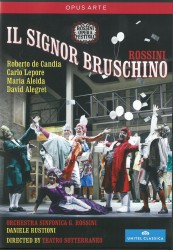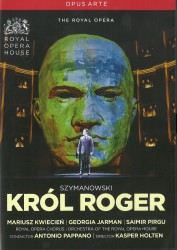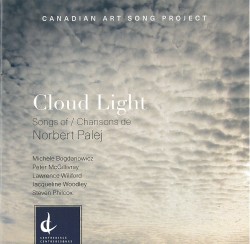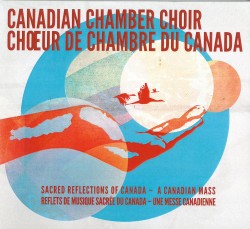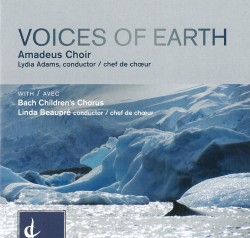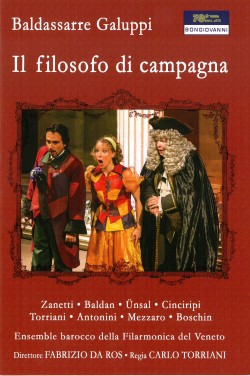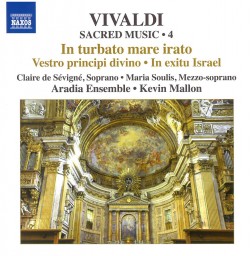Johann Simon Mayr: Saffo - Brown; Schafer; Yun; Papenmeyer; Ruckgaber; Preis; Bavarian State Opera; Franz Hauk
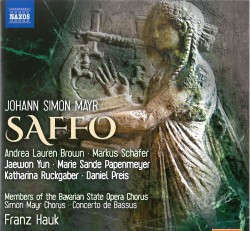 Johann Simon Mayr – Saffo
Johann Simon Mayr – Saffo
Brown; Schafer; Yun; Papenmeyer; Ruckgaber; Preis; Bavarian State Opera; Franz Hauk
Naxos 8.660367-68
Review
Johann Simon Mayr was born in Bavaria in 1763 but moved to the northern Italian city of Bergamo in 1787. He spent the rest of his life there and in Venice. Saffo was his first opera: it was commissioned by the then new La Fenice in Venice and first performed there in 1794. From our perspective Mayr can be seen as a transitional figure, transitional that is between the reforms of Gluck and the revolutions of Rossini.
That Mayr is to some extent still working in the opera seria tradition is most obviously seen in the fact that the role of the male protagonist was written for a castrato, in this case the famous Girolamo Crescentini. On these CDs it is beautifully sung by the soprano Jaewon Yun. The plot would seem to lead logically to Sappho’s suicidal leap from a rock but in the opera she is saved at the last moment by the lover who had previously rejected her. The happy ending is also a standard item in most, though not all, opere serie.
On the other hand, gone are the da capo and exit arias. The tenor has become important (as had already been the case in Mozart’s Idomeneo and La clemenza di Tito), the chorus is now more substantial and many of the recitatives are given orchestral accompaniments (there are precedents for that, including, again, Idomeneo).
Mayr wrote almost 70 operas. Someday I would like to hear some of the others, especially if they are as well sung and played as Saffo is on this recording.


